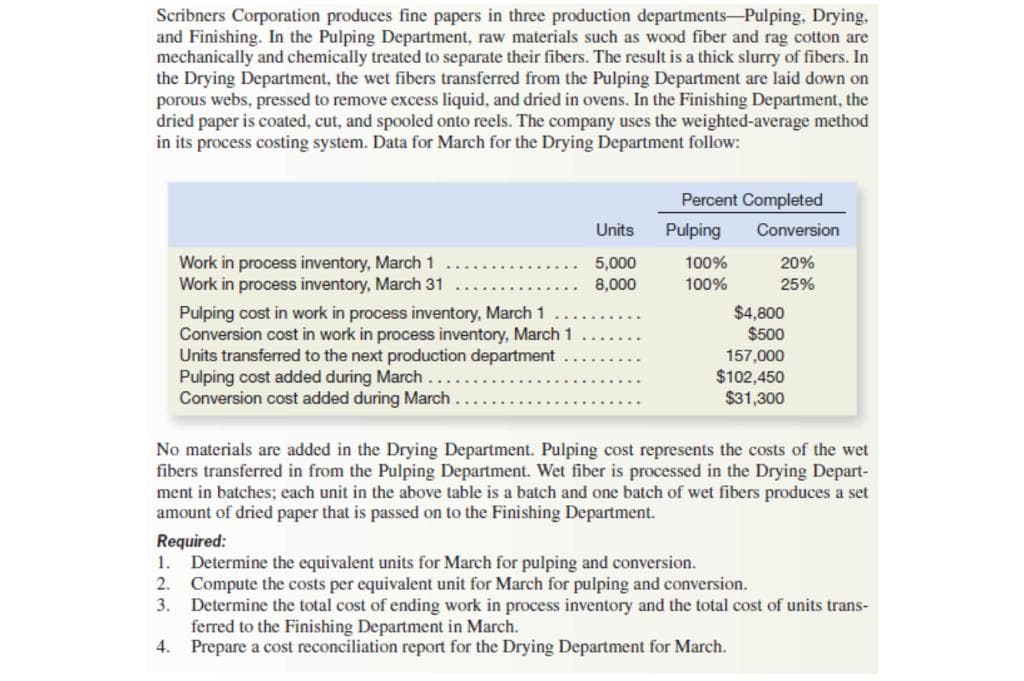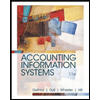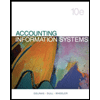Fill in the missing amounts in each of the eight case situations below. Each case is independent of the others. (Hint: One way to find the missing amounts would be to prepare a contribution format income statement for each case, enter the known data, and then compute the missing items.) a. Assume that only one product is being sold in each of the four following case situations: Net Operating Income (Loss) Contribution Units Margin per Unit Variable Fixed Case Sold Sales Expenses Expenses 1........ 15,000 $180,000 $100,000 $120,000 ? $10 $13 $50,000 $32,000 2....... $8,000 $70,000 $12,000 $(10,000) 3 10,000 4 6,000 $300,000 $100,000 b. Assume that more than one product is being sold in each of the four following case situations:
Fill in the missing amounts in each of the eight case situations below. Each case is independent of the others. (Hint: One way to find the missing amounts would be to prepare a contribution format income statement for each case, enter the known data, and then compute the missing items.) a. Assume that only one product is being sold in each of the four following case situations: Net Operating Income (Loss) Contribution Units Margin per Unit Variable Fixed Case Sold Sales Expenses Expenses 1........ 15,000 $180,000 $100,000 $120,000 ? $10 $13 $50,000 $32,000 2....... $8,000 $70,000 $12,000 $(10,000) 3 10,000 4 6,000 $300,000 $100,000 b. Assume that more than one product is being sold in each of the four following case situations:
Financial & Managerial Accounting
13th Edition
ISBN:9781285866307
Author:Carl Warren, James M. Reeve, Jonathan Duchac
Publisher:Carl Warren, James M. Reeve, Jonathan Duchac
Chapter27: Lean Principles, Lean Accounting, And Activity Analysis
Section: Chapter Questions
Problem 27.18EX
Related questions
Question
![EXERCISE 5-11 Missing Data; Basic CVP Concepts [LO5-1, LO5-9]
Fill in the missing amounts in each of the eight case situations below. Each case is independent of
the others. (Hint: One way to find the missing amounts would be to prepare a contribution format
income statement for each case, enter the known data, and then compute the missing items.)
Assume that only one product is being sold in each of the four following case situations:
a.
Contribution
Net Operating
Income
Units
Sold
Variable
Margin
per Unit
Fixed
Case
Sales
Expenses
Expenses
(Loss)
$180,000
$100,000
$120,000
15,000
?
$50,000
$32,000
$8,000
$12,000
2
$10
3
10,000
$70,000
$13
4
6,000
$300,000
?
$100,000
$(10,000)
b.
Assume that more than one product is being sold in each of the four following case situations:
Average
Contribution
Net Operating
Variable
Margin
Ratio
Fixed
Income
Case
Sales
Expenses
Expenses
(Loss)
1.
$500,000
$400,000
20%
$7,000
$100,000
$130,000
?
2
$260,000
?
$20,000
$(5,000)
3.
60%
$600,000
$420,000
?](/v2/_next/image?url=https%3A%2F%2Fcontent.bartleby.com%2Fqna-images%2Fquestion%2F4361f136-e78e-48de-b776-0a9efbf0a36b%2F7d240069-a4bf-444c-989e-7b5adf88e932%2Fk8jx09g_processed.jpeg&w=3840&q=75)
Transcribed Image Text:EXERCISE 5-11 Missing Data; Basic CVP Concepts [LO5-1, LO5-9]
Fill in the missing amounts in each of the eight case situations below. Each case is independent of
the others. (Hint: One way to find the missing amounts would be to prepare a contribution format
income statement for each case, enter the known data, and then compute the missing items.)
Assume that only one product is being sold in each of the four following case situations:
a.
Contribution
Net Operating
Income
Units
Sold
Variable
Margin
per Unit
Fixed
Case
Sales
Expenses
Expenses
(Loss)
$180,000
$100,000
$120,000
15,000
?
$50,000
$32,000
$8,000
$12,000
2
$10
3
10,000
$70,000
$13
4
6,000
$300,000
?
$100,000
$(10,000)
b.
Assume that more than one product is being sold in each of the four following case situations:
Average
Contribution
Net Operating
Variable
Margin
Ratio
Fixed
Income
Case
Sales
Expenses
Expenses
(Loss)
1.
$500,000
$400,000
20%
$7,000
$100,000
$130,000
?
2
$260,000
?
$20,000
$(5,000)
3.
60%
$600,000
$420,000
?

Transcribed Image Text:Scribners Corporation produces fine papers in three production departments-Pulping, Drying,
and Finishing. In the Pulping Department, raw materials such as wood fiber and rag cotton are
mechanically and chemically treated to separate their fibers. The result is a thick slurry of fibers. In
the Drying Department, the wet fibers transferred from the Pulping Department are laid down on
porous webs, pressed to remove excess liquid, and dried in ovens. In the Finishing Department, the
dried paper is coated, cut, and spooled onto reels. The company uses the weighted-average method
in its process costing system. Data for March for the Drying Department follow:
Percent Completed
Units
Pulping
Conversion
20%
Work in process inventory, March 1
Work in process inventory, March 31
5,000
100%
8,000
100%
25%
$4,800
$500
Pulping cost in work in process inventory, March 1
Conversion cost in work in process inventory, March 1
Units transferred to the next production department
Pulping cost added during March...
Conversion cost added during March..
157,000
$102,450
$31,300
No materials are added in the Drying Department. Pulping cost represents the costs of the wet
fibers transferred in from the Pulping Department. Wet fiber is processed in the Drying Depart-
ment in batches; each unit in the above table is a batch and one batch of wet fibers produces a set
amount of dried paper that is passed on to the Finishing Department.
Required:
1. Determine the equivalent units for March for pulping and conversion.
Compute the costs per equivalent unit for March for pulping and conversion.
3.
2.
Determine the total cost of ending work in process inventory and the total cost of units trans-
ferred to the Finishing Department in March.
4. Prepare a cost reconciliation report for the Drying Department for March.
Expert Solution
This question has been solved!
Explore an expertly crafted, step-by-step solution for a thorough understanding of key concepts.
This is a popular solution!
Trending now
This is a popular solution!
Step by step
Solved in 3 steps

Knowledge Booster
Learn more about
Need a deep-dive on the concept behind this application? Look no further. Learn more about this topic, accounting and related others by exploring similar questions and additional content below.Recommended textbooks for you

Financial & Managerial Accounting
Accounting
ISBN:
9781285866307
Author:
Carl Warren, James M. Reeve, Jonathan Duchac
Publisher:
Cengage Learning

Accounting Information Systems
Finance
ISBN:
9781337552127
Author:
Ulric J. Gelinas, Richard B. Dull, Patrick Wheeler, Mary Callahan Hill
Publisher:
Cengage Learning

Accounting
Accounting
ISBN:
9781337272094
Author:
WARREN, Carl S., Reeve, James M., Duchac, Jonathan E.
Publisher:
Cengage Learning,

Financial & Managerial Accounting
Accounting
ISBN:
9781285866307
Author:
Carl Warren, James M. Reeve, Jonathan Duchac
Publisher:
Cengage Learning

Accounting Information Systems
Finance
ISBN:
9781337552127
Author:
Ulric J. Gelinas, Richard B. Dull, Patrick Wheeler, Mary Callahan Hill
Publisher:
Cengage Learning

Accounting
Accounting
ISBN:
9781337272094
Author:
WARREN, Carl S., Reeve, James M., Duchac, Jonathan E.
Publisher:
Cengage Learning,

Financial & Managerial Accounting
Accounting
ISBN:
9781337119207
Author:
Carl Warren, James M. Reeve, Jonathan Duchac
Publisher:
Cengage Learning

Pkg Acc Infor Systems MS VISIO CD
Finance
ISBN:
9781133935940
Author:
Ulric J. Gelinas
Publisher:
CENGAGE L